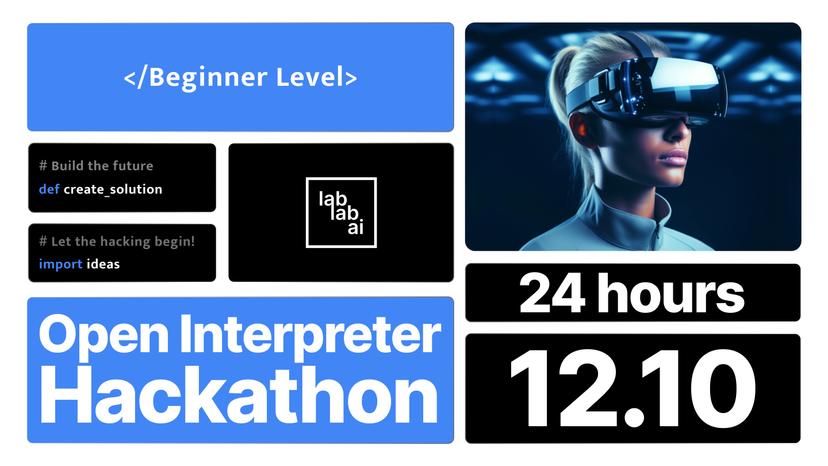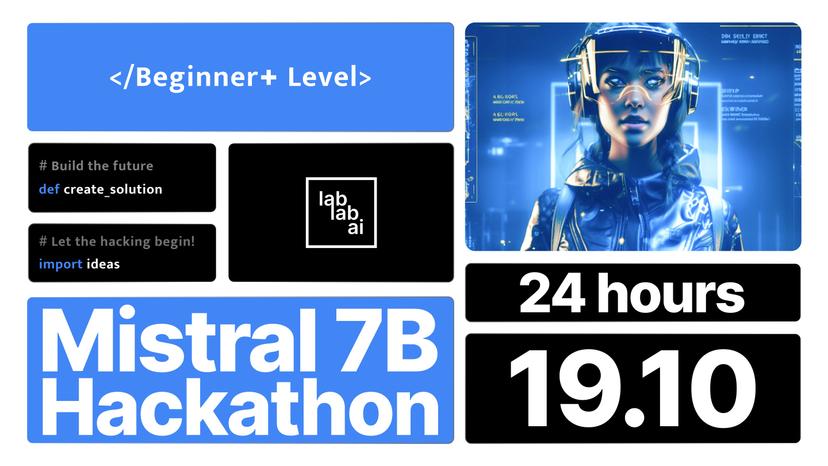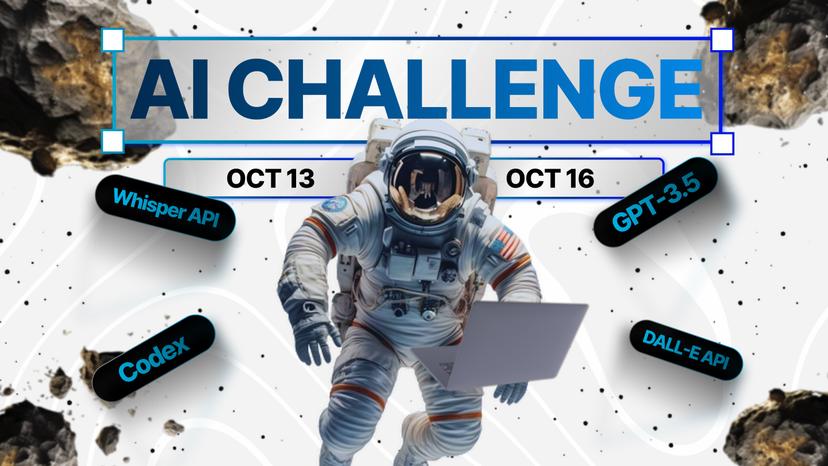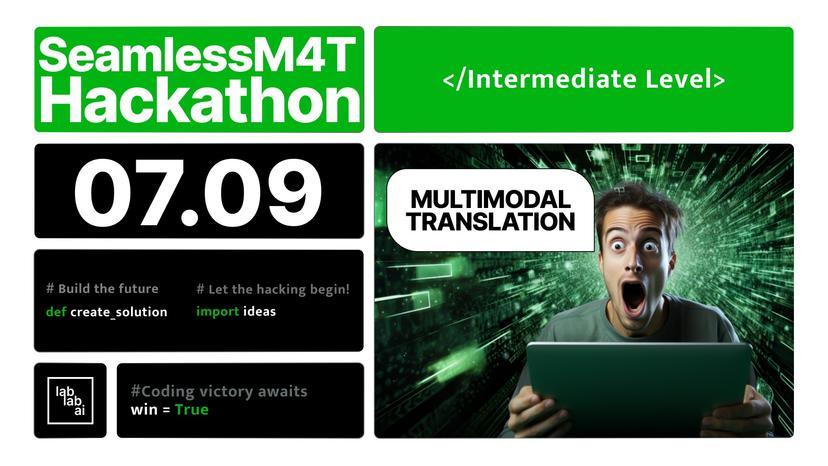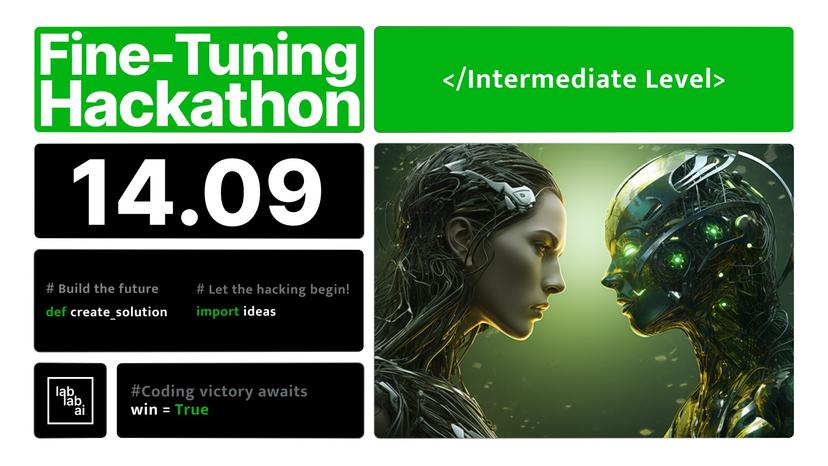
ABDELILAH AKHMIM@BrightCoder
is under improvement
is under improvement
🤝 Top Collabolators
🤓 Latest Submissions

The Sonic Meow Remix Machine
Who is this for? This isn't a toy; it's a tool designed for dedicated musicians who see technology as an extension of their craft. If you're not afraid to embrace AI to enhance your creative output, then Sonic Meow is made for you. What Does It Do? Welcome to the future of remixing. Sonic Meow takes your original song, slices it, dices it, and reassembles it into something entirely new. And don't worry about jarring transitions—our sophisticated algorithm ensures your remix is a seamless auditory experience. How It Works Upload Your Track: Simply load up your audio file and let Sonic Meow take the reins. Set the BPM: Make sure you know your song's tempo. Input the Beats Per Minute (BPM) to keep everything in sync. Customize Your Preferences: Set the number of iterations, prompt duration, and min-max output duration to shape your remix the way you envision it. Seamless Splicing: Our intelligent algorithm keeps track of the song's bars, making sure each remix starts and stops at just the right moments. Hit Generate: Once you've set your parameters, click 'Generate' to craft your unique remix. Unique Every Time Worried about repetitive output? Fear not! Our semi-randomization feature ensures that no two remixes are ever the same—even when using identical settings. Why Wait? Start Remixing Now Experience a new level of creative freedom with Sonic Meow. Break barriers, push boundaries, and redefine what's possible in the realm of music production.
31 Aug 2023
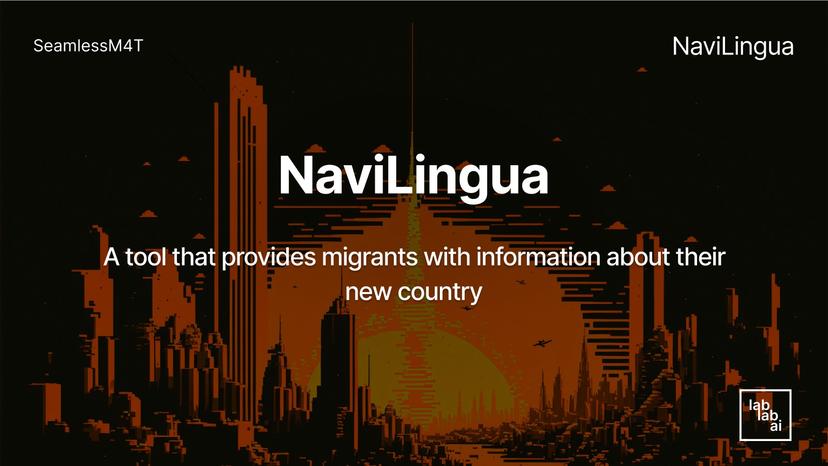
NaviLingua
In the era of global mobility, the challenges of relocating to a new country are more relevant than ever. Navi Lingua emerges as a comprehensive solution to these challenges, serving as both a guide and a guardian for individuals embarking on this life-changing journey. Understanding and respecting a new culture is often the first hurdle in any relocation process. Navi Lingua offers interactive lessons that provide a nuanced understanding of local customs and traditions. It goes beyond mere tips and do's and don'ts, aiming for users to become integrated members of their new community. Legal procedures for securing residency in a new country can be daunting. Navi Lingua demystifies this process, providing straightforward, comprehensive information on government procedures required for residency. Language barriers can be one of the most isolating aspects of moving abroad. Navi Lingua leverages advanced AI language resources and real-time translation tools to not just overcome, but erase these barriers. Safety is a paramount concern, especially in unfamiliar settings. Navi Lingua offers a built-in safety net feature, providing emergency contact numbers, essential safety guidelines, and real-time news updates that could be vital to the user. The app is built on robust technologies like ViteJS, React JavaScript for the frontend, and FastAPI for the backend, powered by Meta's revolutionary SeamlessM4T Multilingual Model. For deployment, it uses Vercel, known for its efficiency and reliability. In essence, Navi Lingua isn't just an app; it's a comprehensive ecosystem tailored to the unique challenges and opportunities that come with relocating to a new country. It stands as a testament to how technology can be harnessed to enrich human experience, offering a user-friendly interface to navigate the complexities of life abroad.
8 Sep 2023
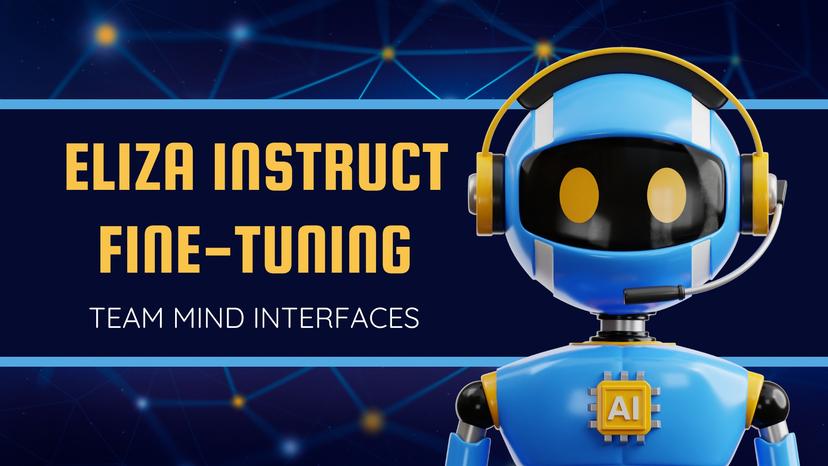
ELIZA EVOL INSTRUCT - Fine-Tuning
We attempted to instill the deterministic, rule-based reasoning found in ELIZA into a more advanced, probabilistic model like an LLM. This serves a dual purpose: To introduce a controlled variable in the form of ELIZA's deterministic logic into the more "fuzzy" neural network-based systems. To create a synthetic dataset that can be used for various Natural Language Processing (NLP) tasks, beyond fine-tuning the LLM. [ https://huggingface.co/datasets/MIND-INTERFACES/ELIZA-EVOL-INSTRUCT ] [ https://www.kaggle.com/code/wjburns/pippa-filter/ ] ELIZA Implementation: We implemented the script meticulously retaining its original transformational grammar and keyword matching techniques. Synthetic Data Generation: ELIZA then generated dialogues based on a seed dataset. These dialogues simulated both sides of a conversation and were structured to include the reasoning steps ELIZA took to arrive at its responses. Fine-tuning: This synthetic dataset was then used to fine-tune the LLM. The LLM learned not just the structure of human-like responses but also the deterministic logic that went into crafting those responses. Validation: We subjected the fine-tuned LLM to a series of tests to ensure it had successfully integrated ELIZA's deterministic logic while retaining its ability to generate human-like text. Challenges Dataset Imbalance: During the process, we encountered issues related to data imbalance. Certain ELIZA responses occurred more frequently in the synthetic dataset, risking undue bias. We managed this through rigorous data preprocessing. Complexity Management: Handling two very different types of language models—rule-based and neural network-based—posed its unique set of challenges. Significance This project offers insights into how the strength of classic models like ELIZA can be combined with modern neural network-based systems to produce a model that is both logically rigorous and contextually aware.
15 Sep 2023

AI Agent - Art Director
The project's objective in the upcoming iterations is for the agent to be built with the purpose of creating unique "styles" and "themes" based on user requests, being specifically trained for this task. It should be capable of receiving visual input and annotations from the user regarding the content it is generating. Once the desired style is identified, the user can create new concepts using the predefined theme without the need for lengthy prompts that often yield diverse responses. For now, I was only able to create the agent using GPT-3.5 and obtaining low-quality results, but it's functioning correctly. There's a Python-based agent that interacts with the OpenAI API, and a React frontend where the user inputs information and receives responses.
16 Oct 2023
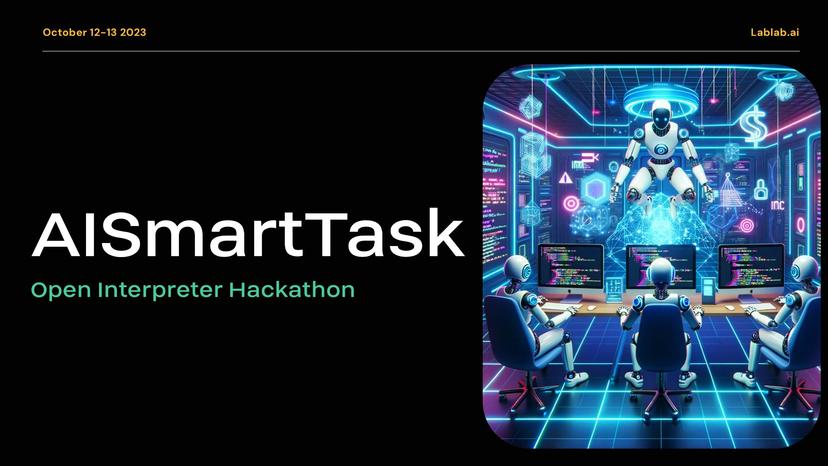
AISmartTask
AISmartTask: Coded using Open-interpreter, AISmartTask is an innovative AI-driven task management solution tailored for coders or anyone who likes to manage daily routines. Leveraging the power of OpenAI's text engines, this tool is integrated with a Telegram bot, offering an intuitive user experience. Key features include dynamic task management that allows for task addition, prioritization, and AI-powered suggestions. Its document parser extracts essential summaries and highlights critical keywords. Additionally, AISmartTask visualizes task priorities, enabling users to get a clearer view of their tasks at hand. One standout quality is the tool's learning modules, which web scrape for knowledge, encouraging continuous learning. Users can interact with the system via intuitive Telegram commands (vocal or text) and provide feedback for continuous system improvement. With a modular Python architecture, AISmartTask is not just a task manager; it's a revolutionary tool aiming to optimize and enhance the daily routines of coders. It is scalable to any user and other applications such as enterprise project management, academic tasks management (students and educators), task management in healthcare, in the freelance and gig economy, or to manage tasks in any use cases.
14 Oct 2023
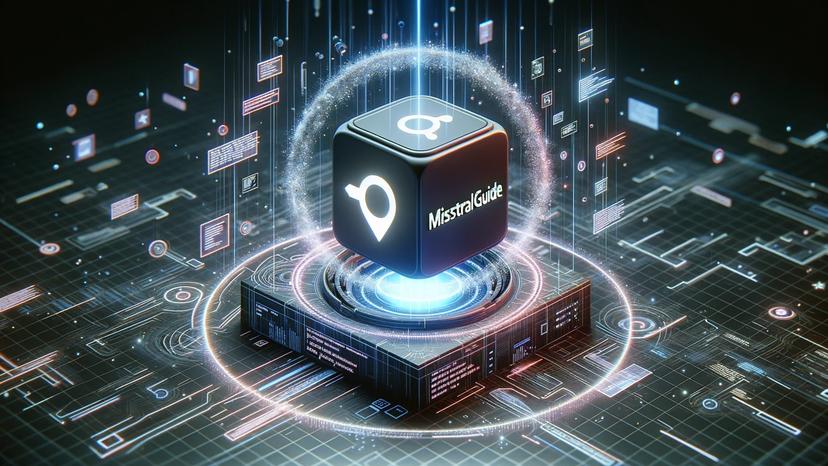
MistralGuide Your Companion to Discover Mistral7B
MistralGuide serves as an intelligent onboarding assistant designed to ease the learning curve for new developers stepping into the expansive ecosystem of Mistral 7B, a leading language model with advanced natural language processing capabilities. The landscape of AI-driven language models is rich but often overwhelming, and MistralGuide aims to be the gateway that simplifies this complexity. Using Mistral 7B's own capabilities, our chatbot responds in real-time to a wide array of queries—ranging from basic set-up instructions, best practices, to advanced implementation strategies. What sets MistralGuide apart is its ability to provide contextually relevant code snippets, link to detailed tutorials, and offer problem-solving tips, effectively serving as a one-stop knowledge hub. Whether a developer is stuck on a specific function call or is exploring architectural decisions, MistralGuide has it covered. The chatbot is equipped with an intuitive user interface that provides seamless navigation through categories like 'Getting Started,' 'Troubleshooting,' 'Best Practices,' and 'Advanced Techniques.' Its target audience spans from students and self-taught developers to industry professionals who want to quickly adapt Mistral 7B into their workflow. Given the growing importance of AI and NLP in application development, having a go-to resource like MistralGuide can significantly accelerate the adoption of Mistral 7B, thereby enriching the developer community. As for technology, MistralGuide leverages the cutting-edge functionalities of Mistral 7B, making full use of its long sequence lengths and natural coding abilities to provide accurate and comprehensive assistance. It's not just a chatbot; it's a mentor coded to guide you through the labyrinthine paths of AI-driven development.
20 Oct 2023




